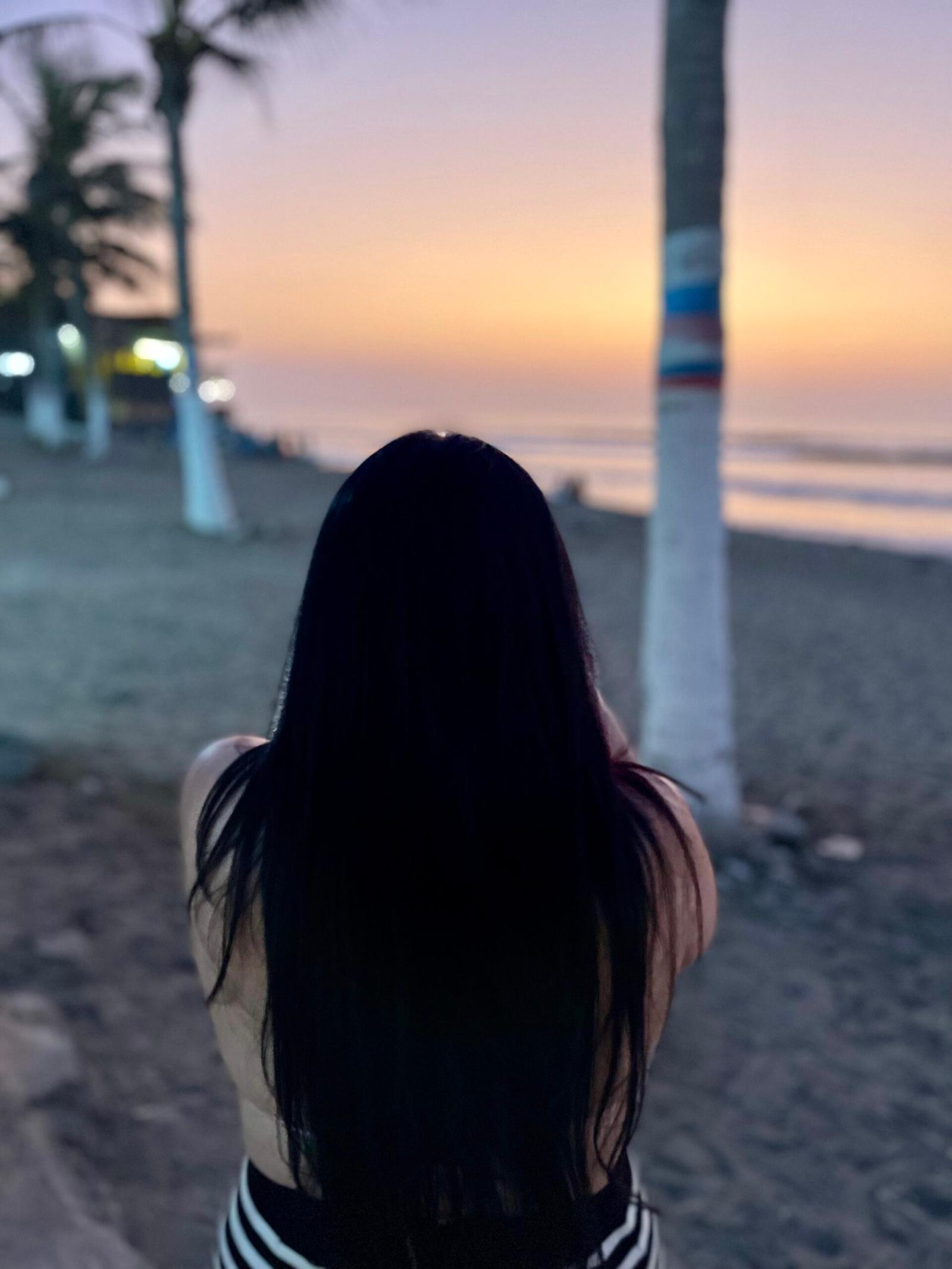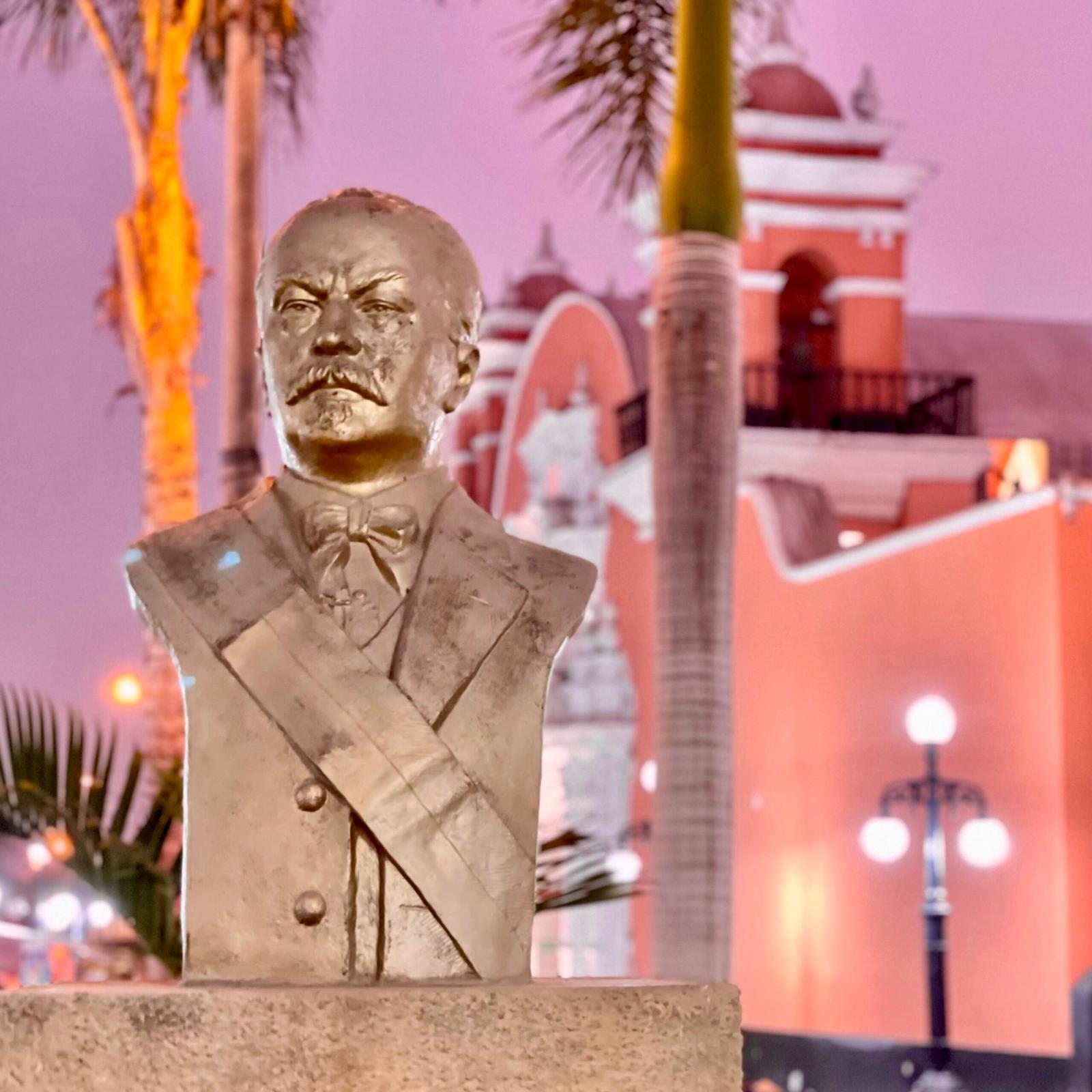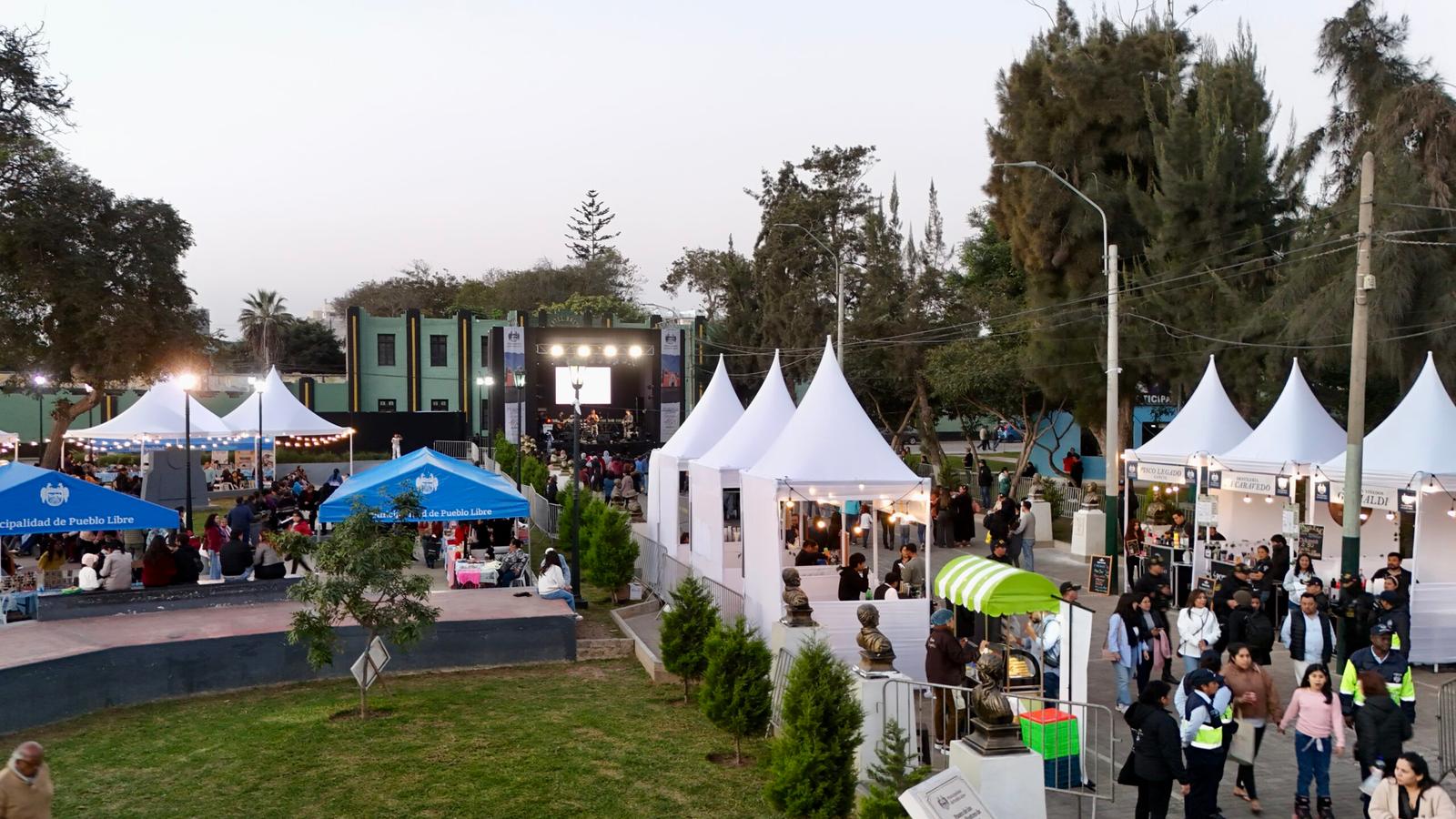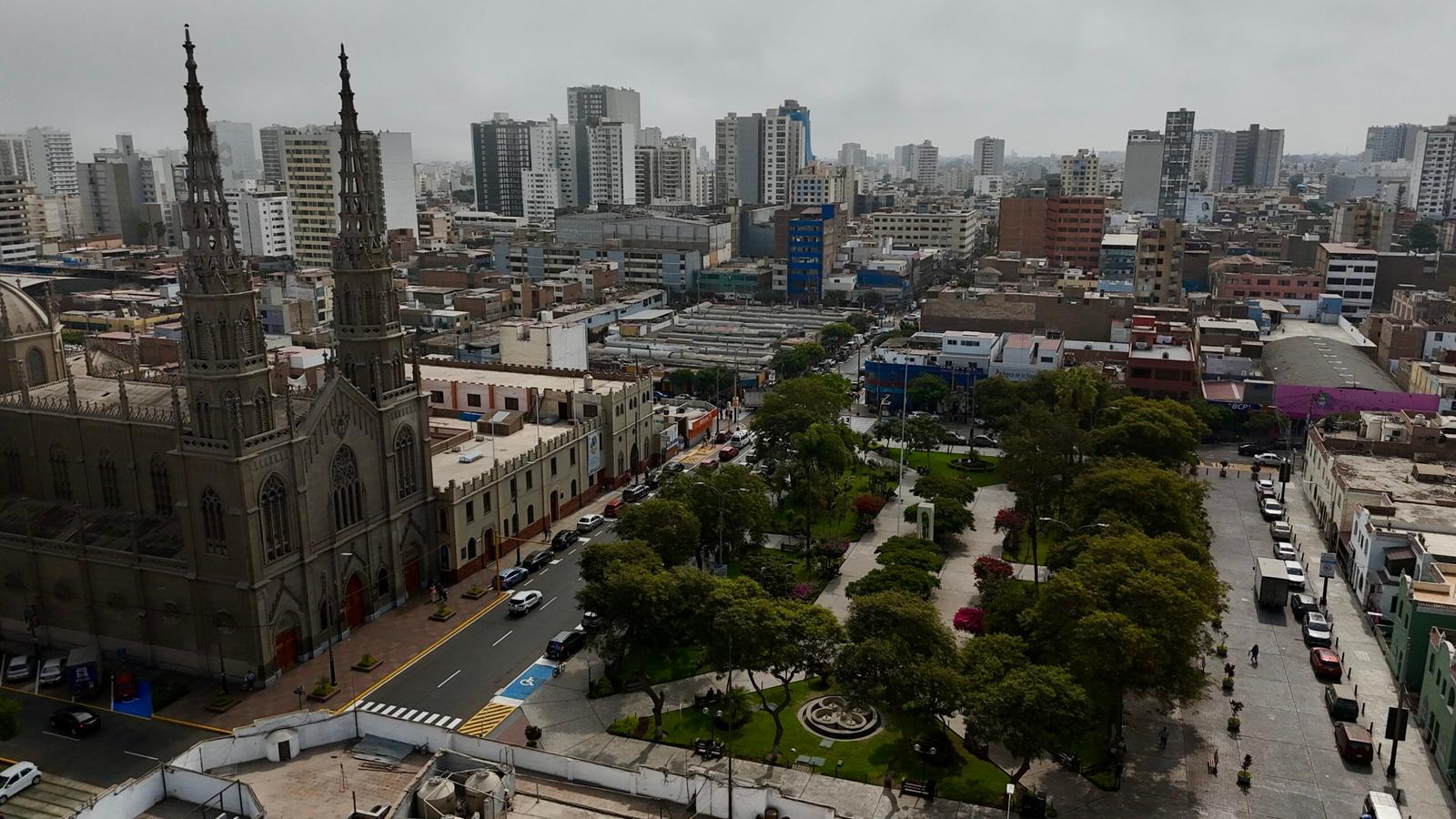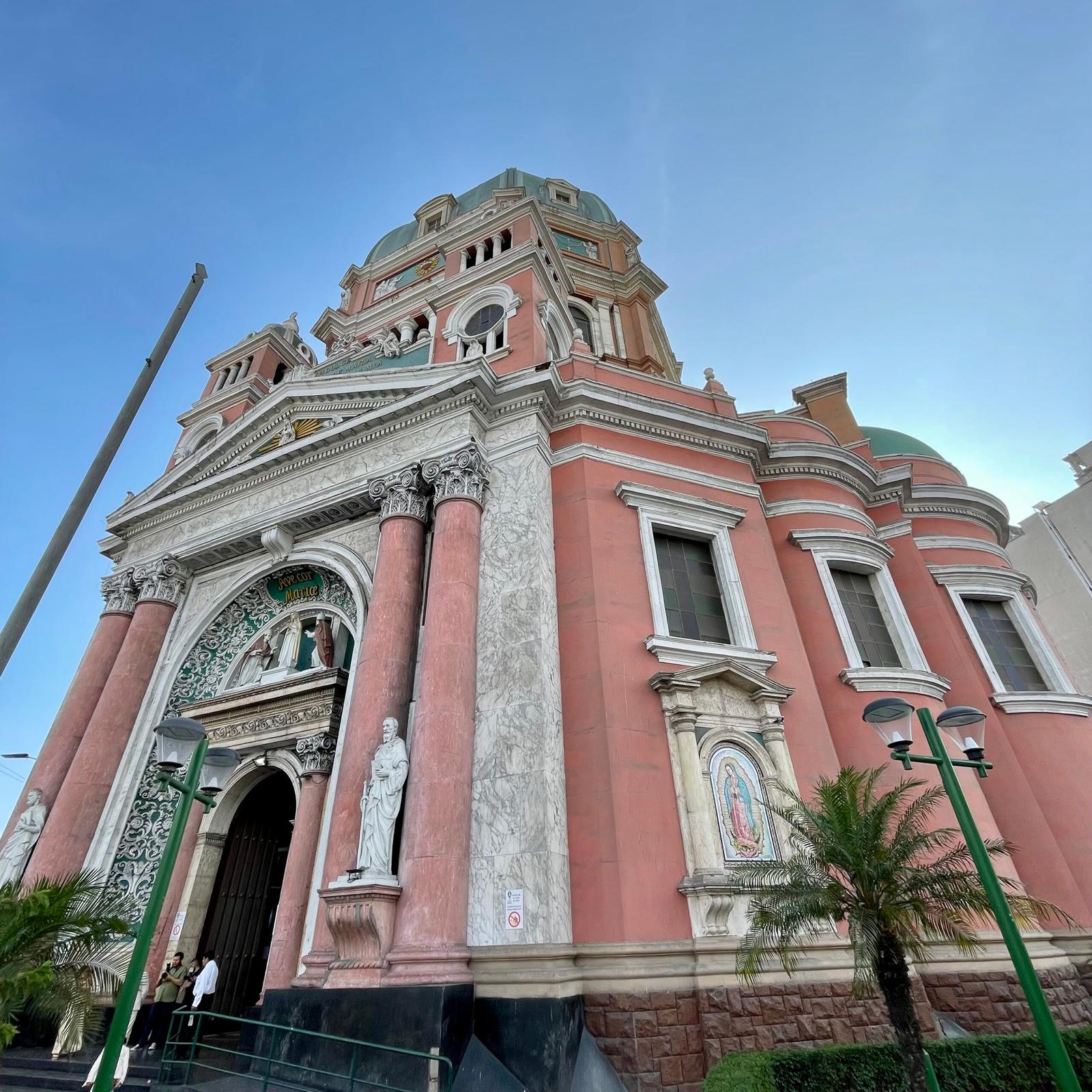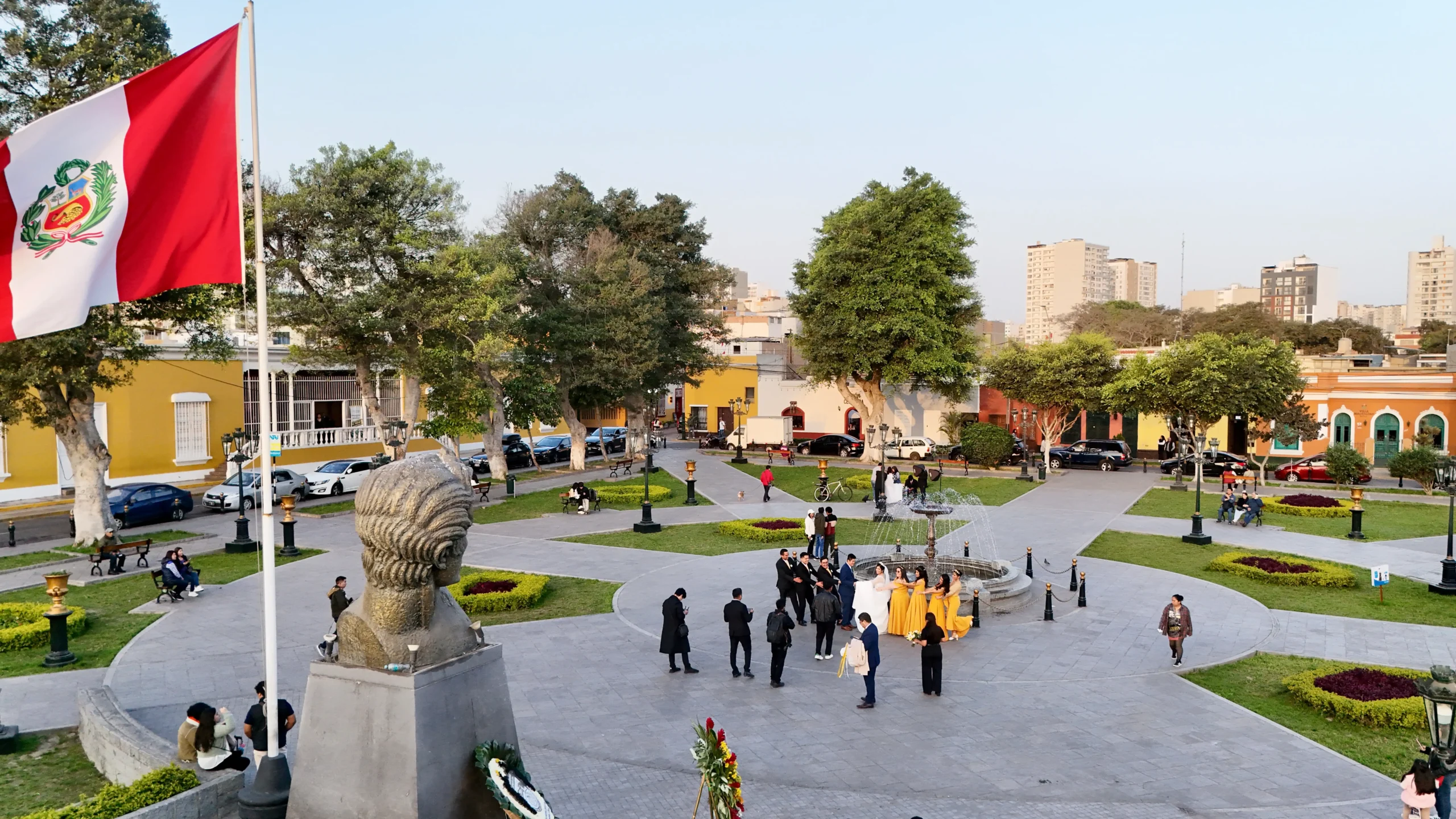Exploring the “Village of the Liberators”
The historic Pueblo Libre district, often overlooked by visitors, offers a compelling look at Peruvian culture and heritage. Colloquially known as the “Village of the Liberators,” its name means “Free Town,” signaling its central role in Peru’s independence movement. This history ensures it holds some of the country’s most important cultural sites, making it a true must visit in Lima.
Consequently, here are six essential stops in Pueblo Libre:
1. Museo Larco: A Lima Must-Visit for History
Visitors regard the Larco Museum as one of the world’s finest; it is, therefore, an unmissable stop. The Larco museum is set within a finely restored 18th-century colonial mansion, which curiously sits on top of a 7th-century pre-Columbian pyramid.
The collection presents an extensive survey of 5,000 years of Peruvian pre-Hispanic history, featuring a large number of artifacts, including ceramics, detailed gold and silver items, and a famous gallery of erotic pottery. Moreover, the grounds are beautifully maintained, and the highly praised on-site café completes this cultural experience.
Travel Tip: There are many other sites of tourist interest within a 5-10 minute walk from the Larco. Such as El Ombú, a tree planted by José de San Martín. And the Mateo Salado Archaeological complex, the largest archaeological site within metropolitan Lima, with 5 pre-inca pyramids.
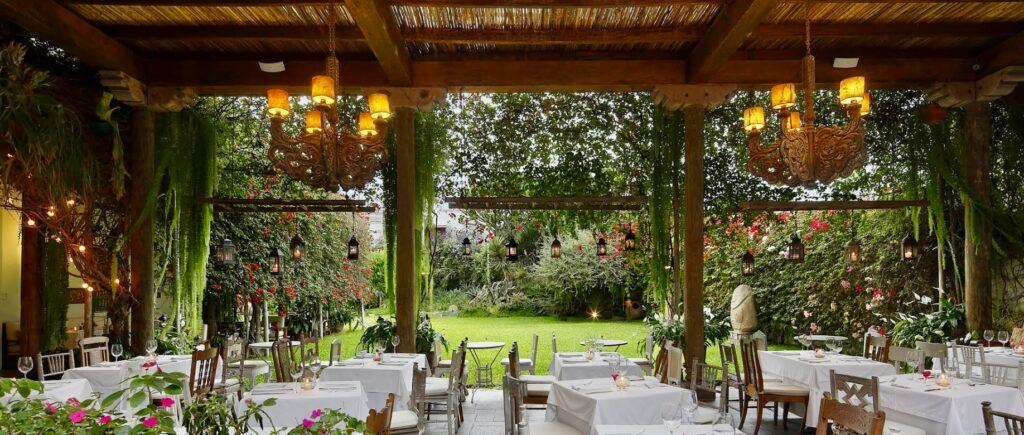
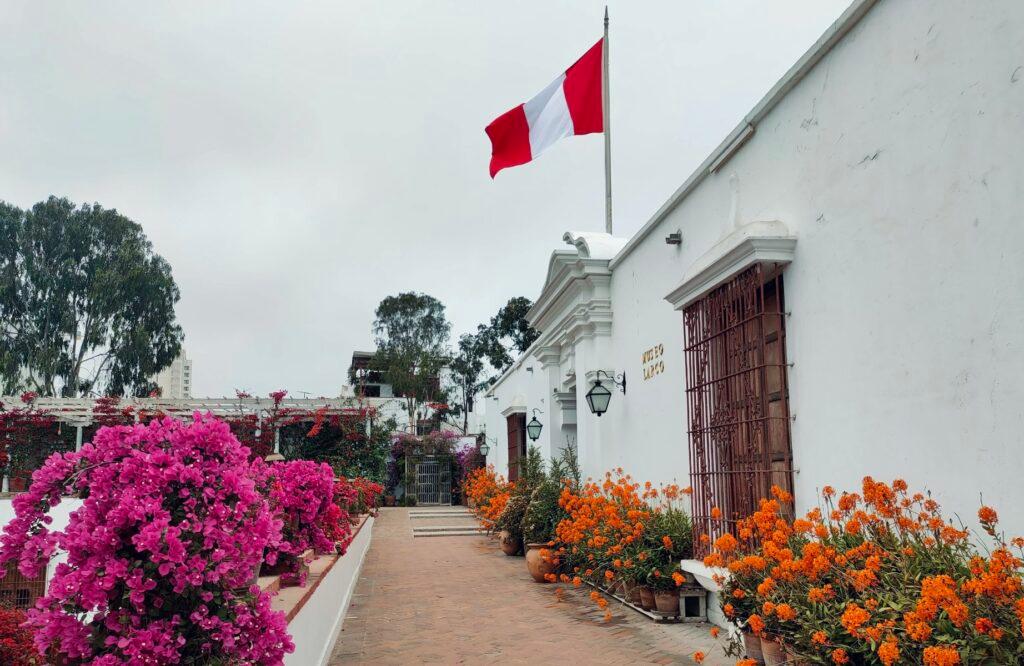
2. National Museum of Archaeology, Anthropology, and History of Peru (MNAAHP)
You can continue your exploration of Peru’s past at the country’s oldest and most representative state museum. As the nation’s largest collection, the MNAAHP covers millennia of human development, from ancient civilizations through the colonial and republican periods. Significantly, the independence leader José de San Martín established this institution in 1822.
Travel Tip: The MNAAHP is currently free to visit. And in the afternoon and on weekends, it’s courtyards feature small stalls selling Peruvian snacks, coffee and other Peruvian treats.
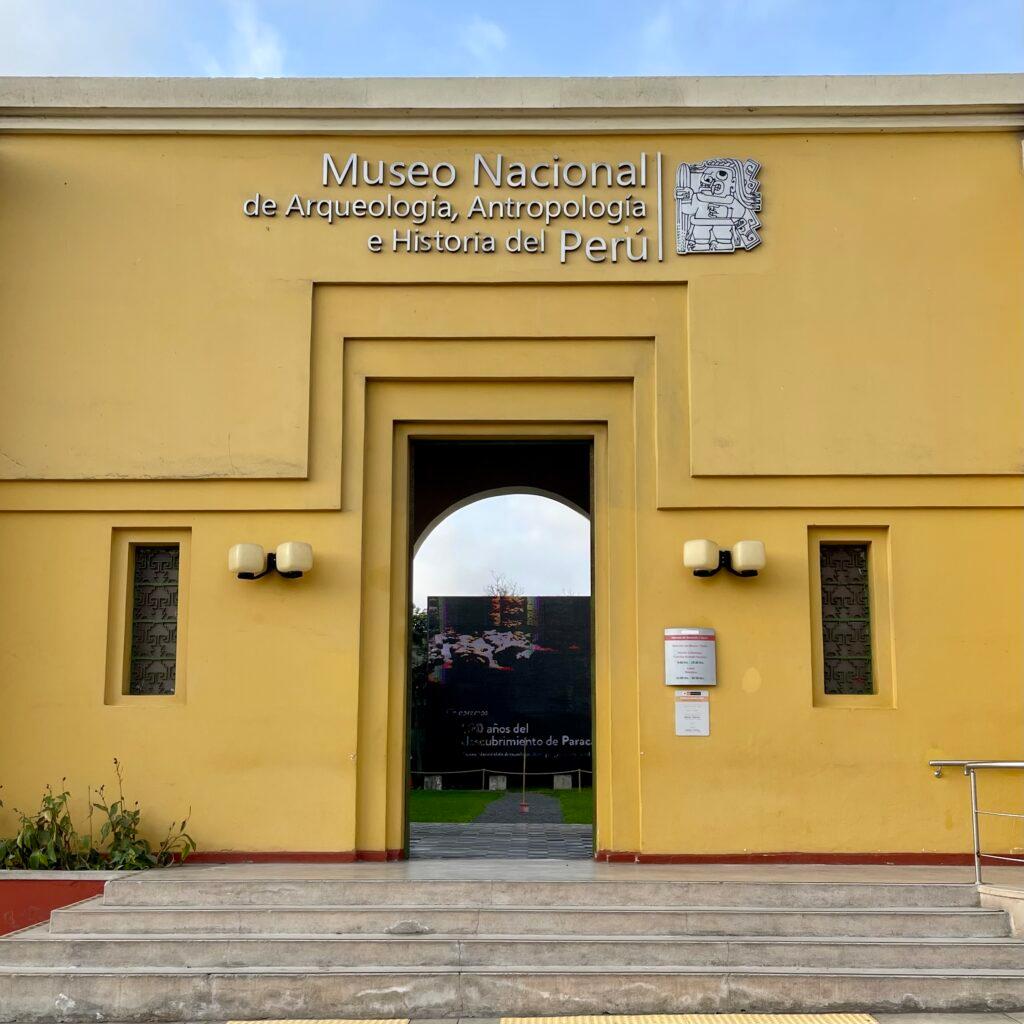



3. Quinta de los Libertadores (Magdalena Palace)
Adjoining the National Museum, this significant building acts as a powerful symbol of independence. In fact, the Magdalena Palace served as the country house for a Spanish Viceroy before it became the military headquarters for both José de San Martín and Simón Bolívar during the struggle for freedom. Thus, visiting this site provides a direct link to the people who fought to establish Peru’s sovereignty.


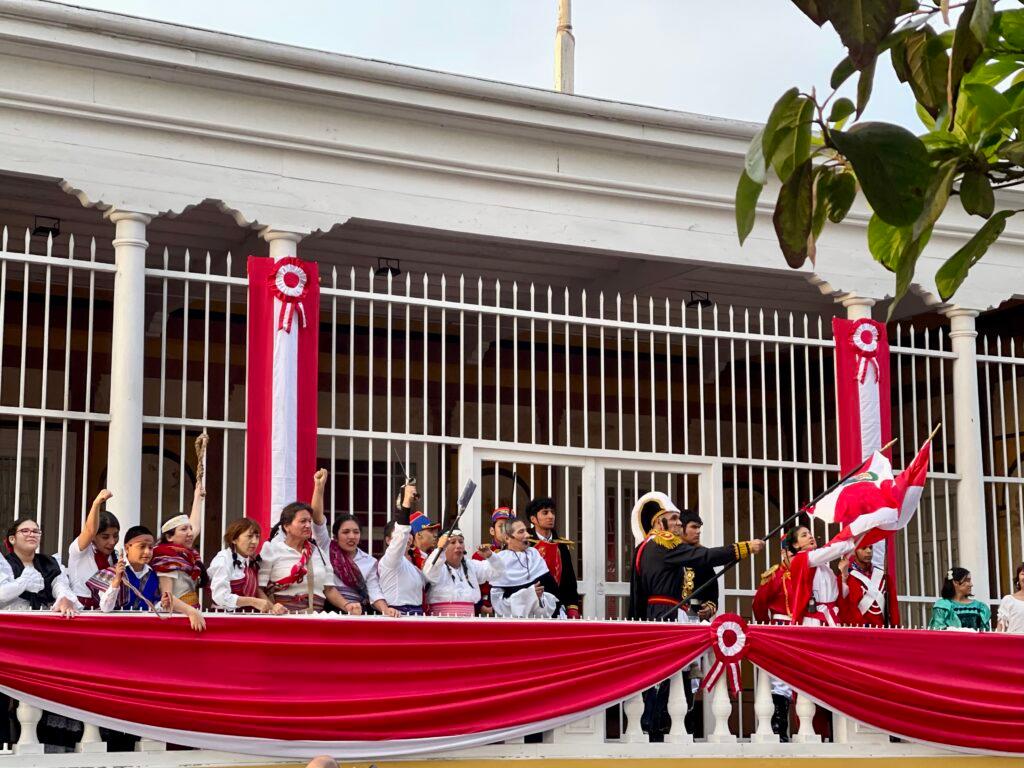
4. Antigua Taberna Queirolo: A Culinary Must-Visit in Lima
You can experience a piece of Lima’s social history at Antigua Taberna Queirolo. This classic spot is celebrated as the oldest bar and restaurant in Lima, operating since 1880.
Antigua Taberna Queirolo is a legendary establishment in Lima and it’s closely associated with the celebrated Santiago Queirolo brand of Pisco and wines. Consequently, it retains a distinct atmosphere from old Lima, making it a great place to sample traditional Peruvian dishes (picadas) and enjoy a well-made pisco sour.
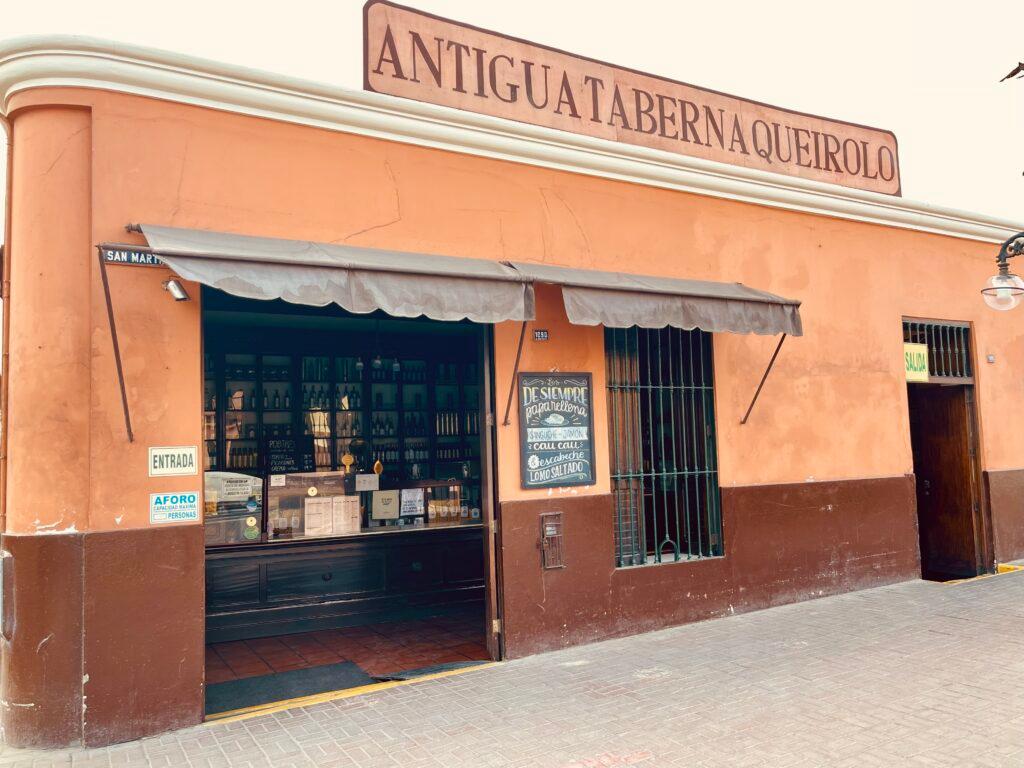
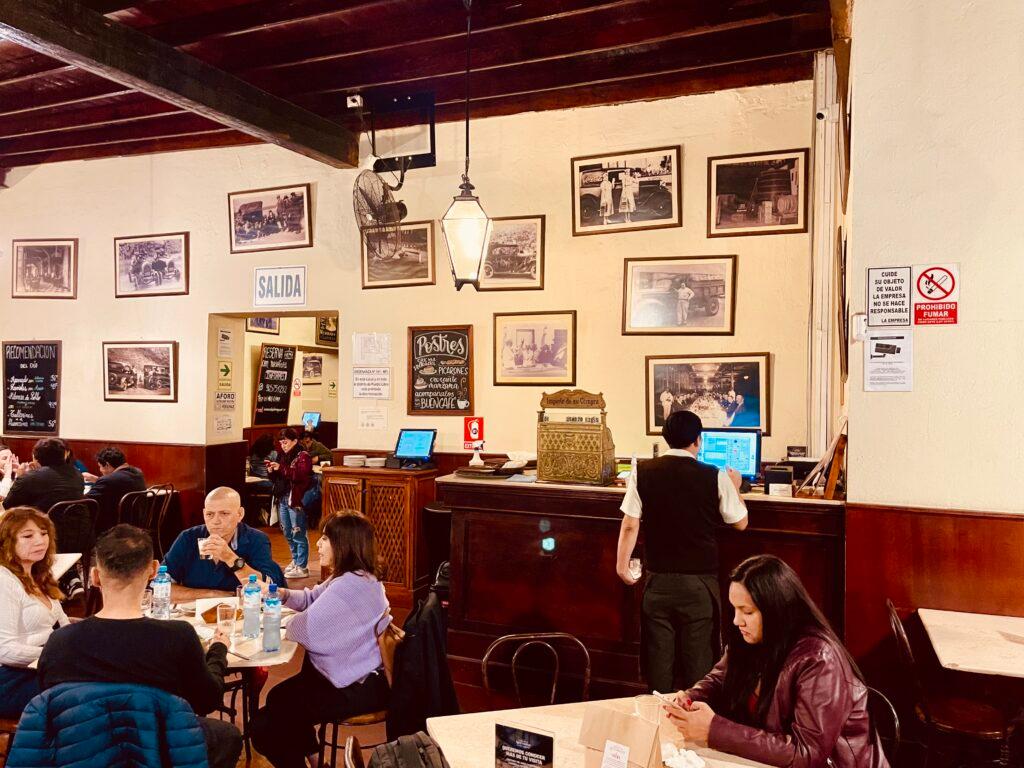
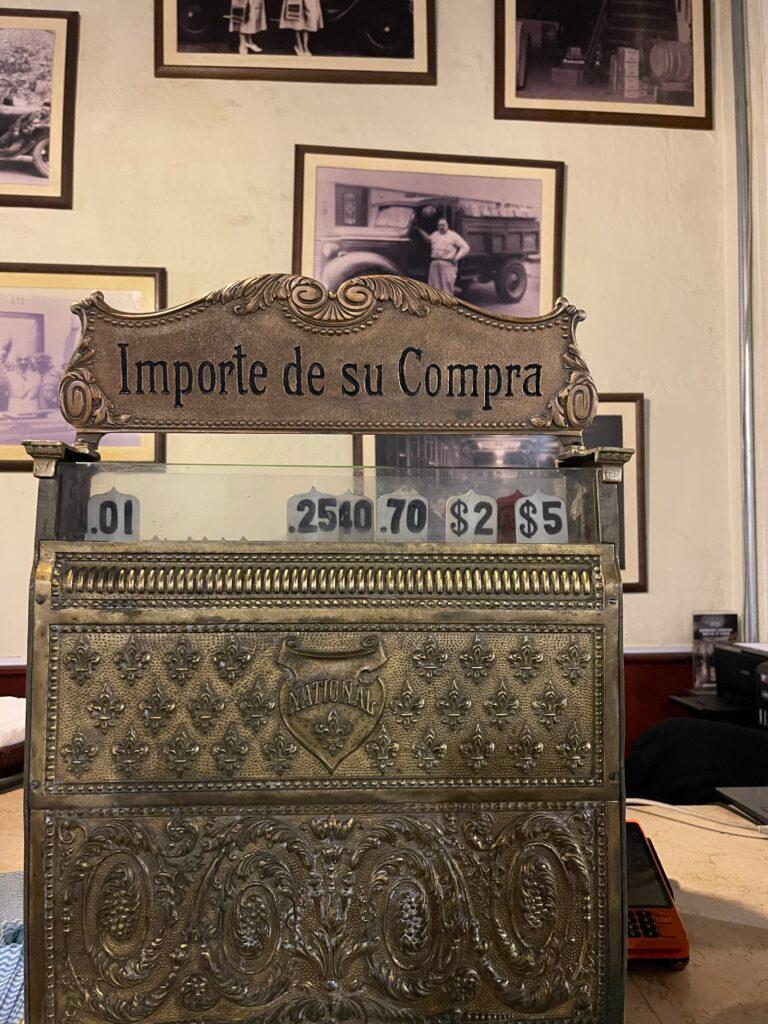
5. Plaza Bolívar
Plaza Bolivar is central to the district and it honors Simón Bolívar, the South American liberator. In the middle, you’ll find the original bronze fountain from 1742, which originally stood in Lima’s main Plaza Mayor.
Furthermore, a bronze bust of Bolívar stands at one end of the plaza, while the former home of independence figure Manuela Sáenz anchors the other. Surrounded by traditional buildings, the plaza serves as the social heart of the neighborhood, where locals and visitors observe daily life.
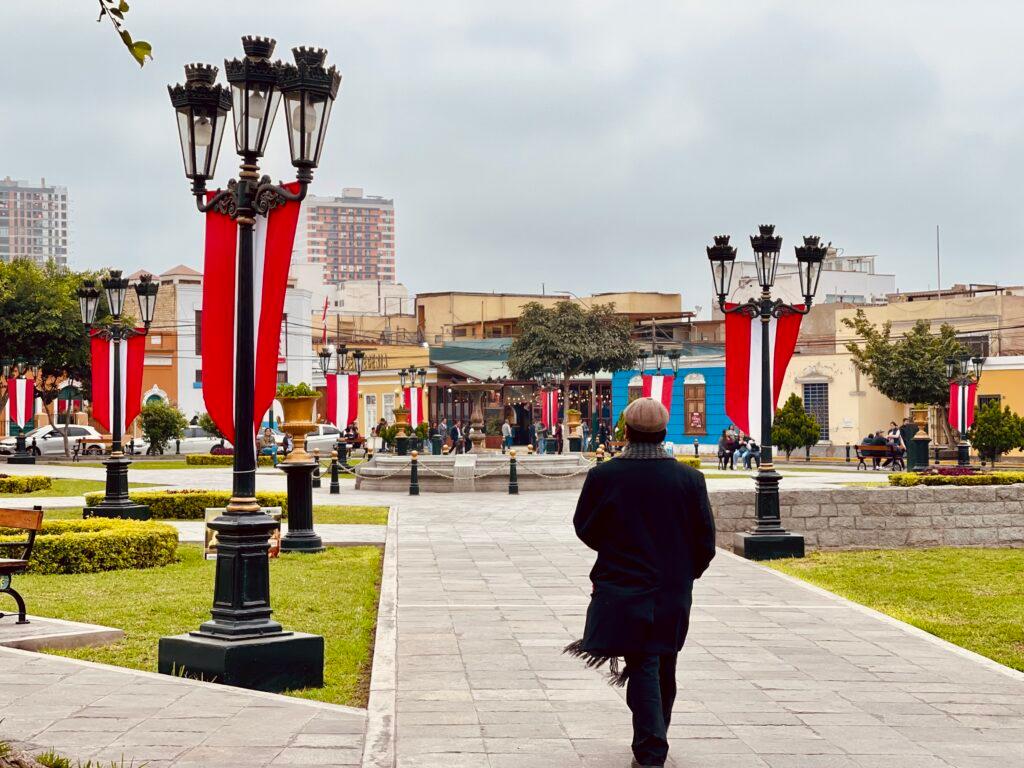

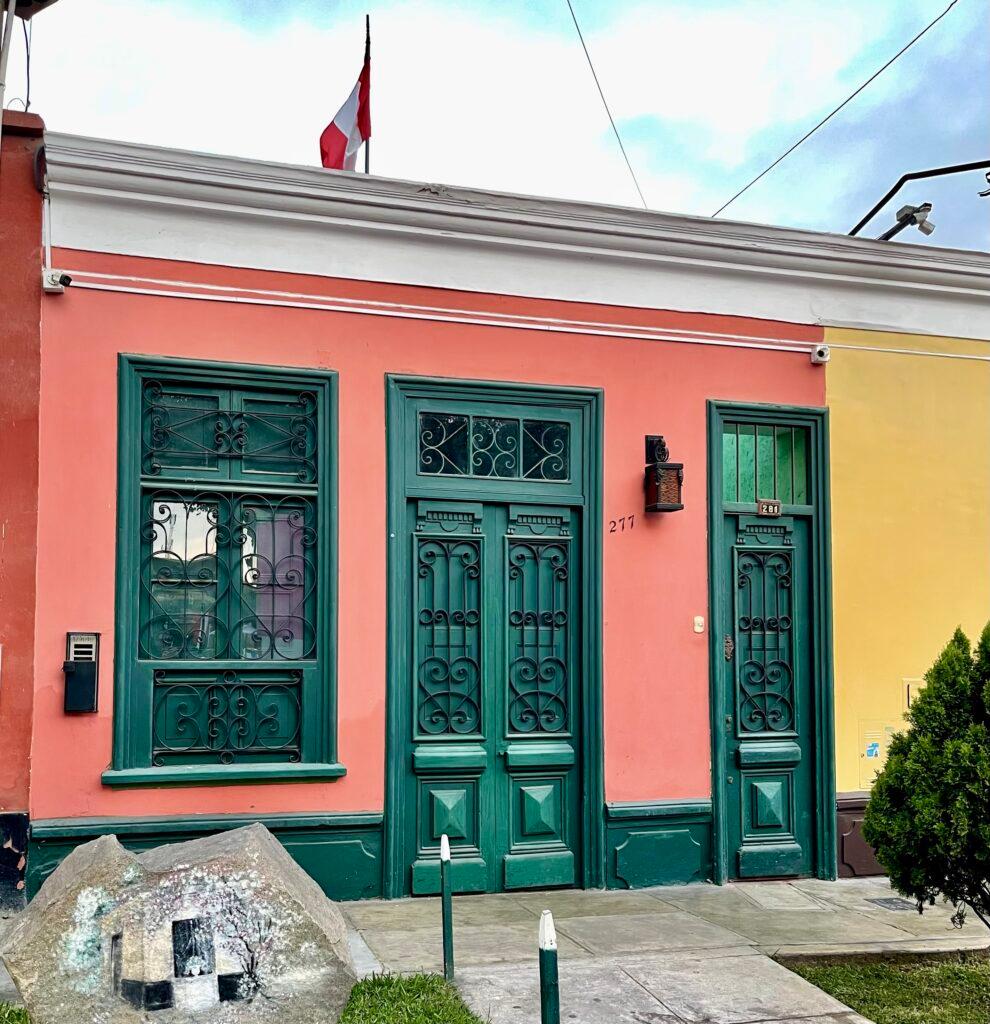

6. Santa María Magdalena Church
Discover the long history of Lima’s oldest rural church, built in 1557. Gonzalo Taulichusco, the last indigenous chief of Lima (Rimac Valley), donated the land for the Santa María Magdalena church.
Inside, you can view the golden altars, and you can also observe grates in the floor that reveal the historic catacombs underneath, thereby illustrating centuries of religious practice in the neighborhood.
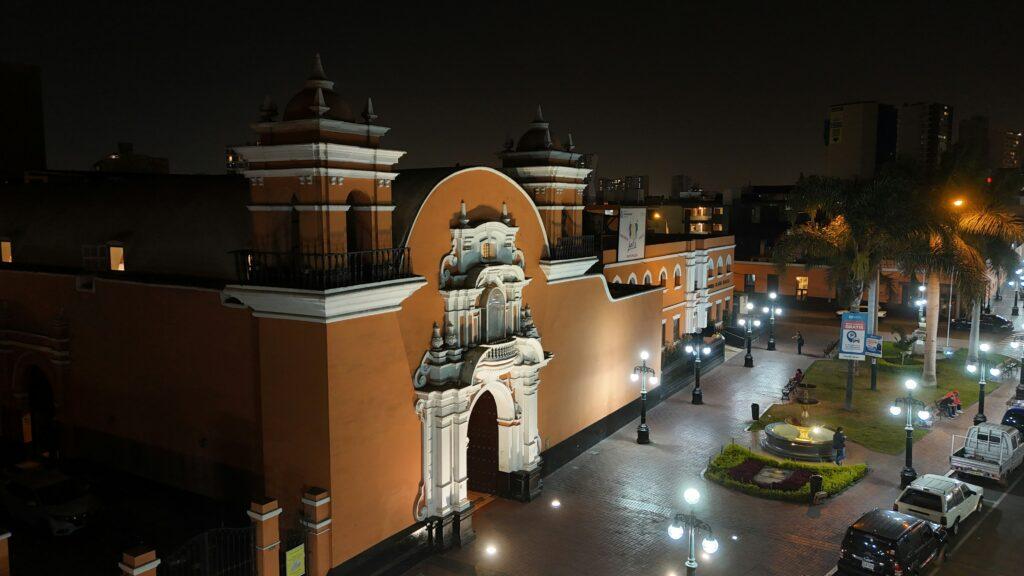
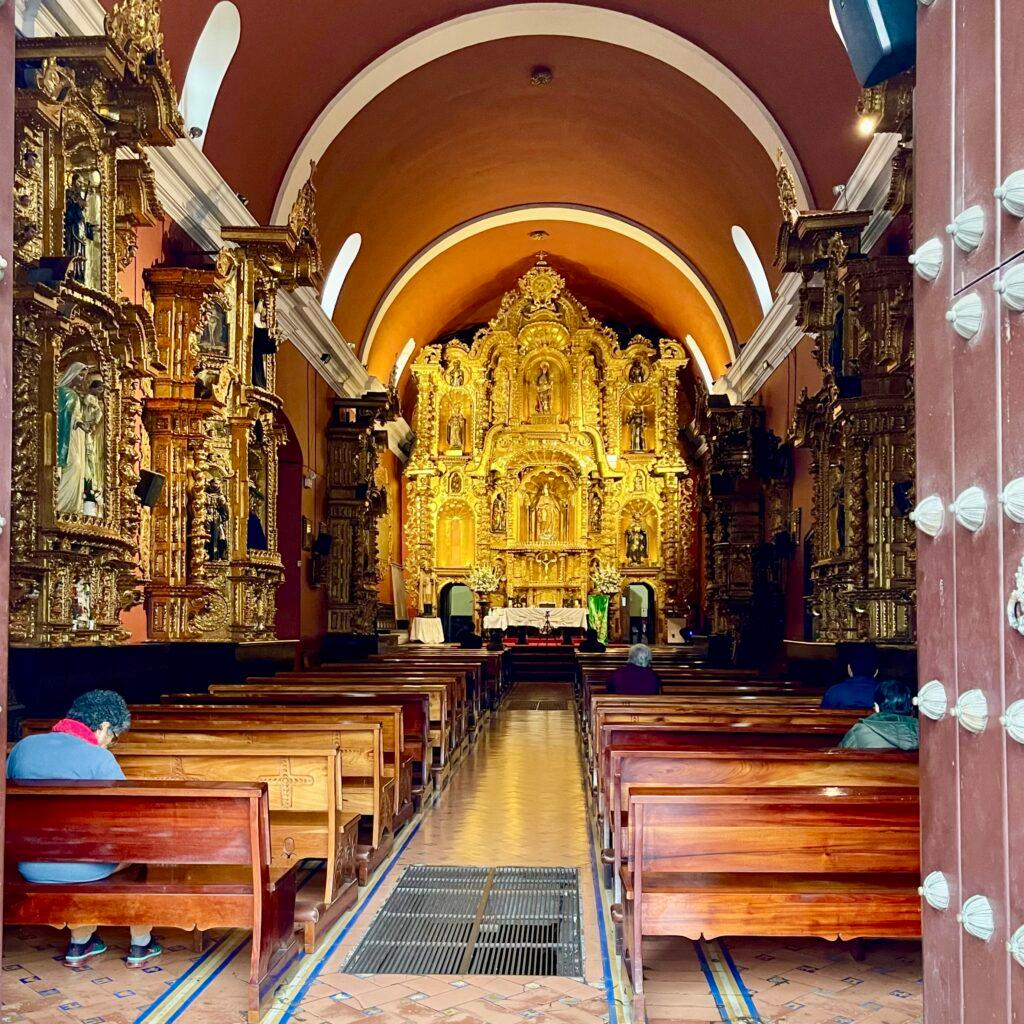
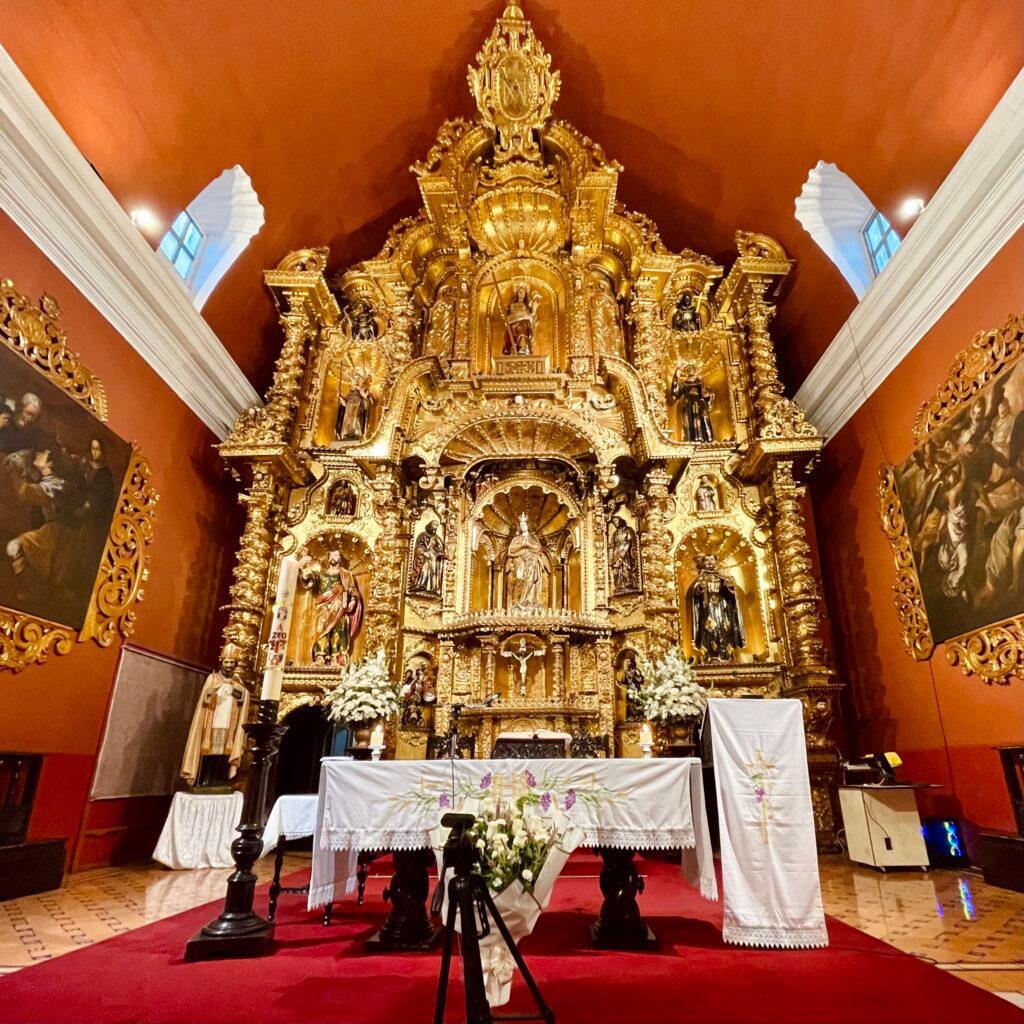
Travel Tip: To see all these sites and more, consider taking a walking tour of Pueblo Libre while you’re in Lima!
